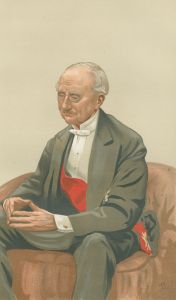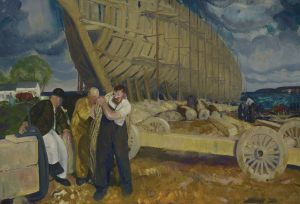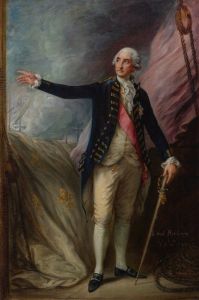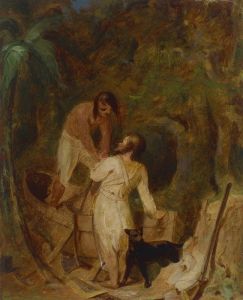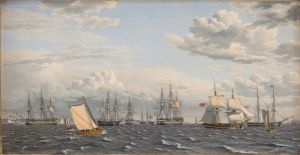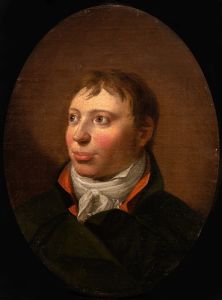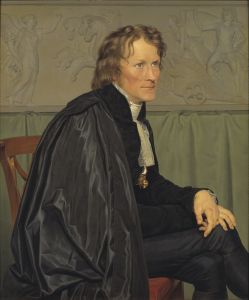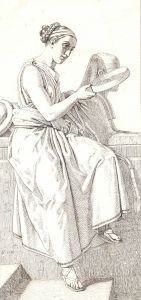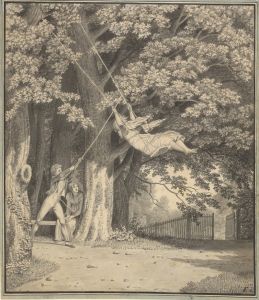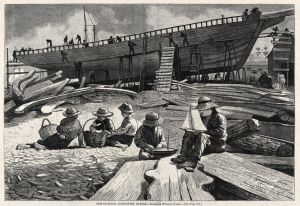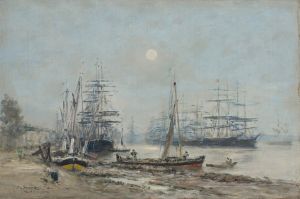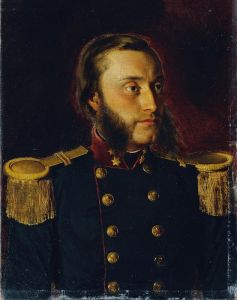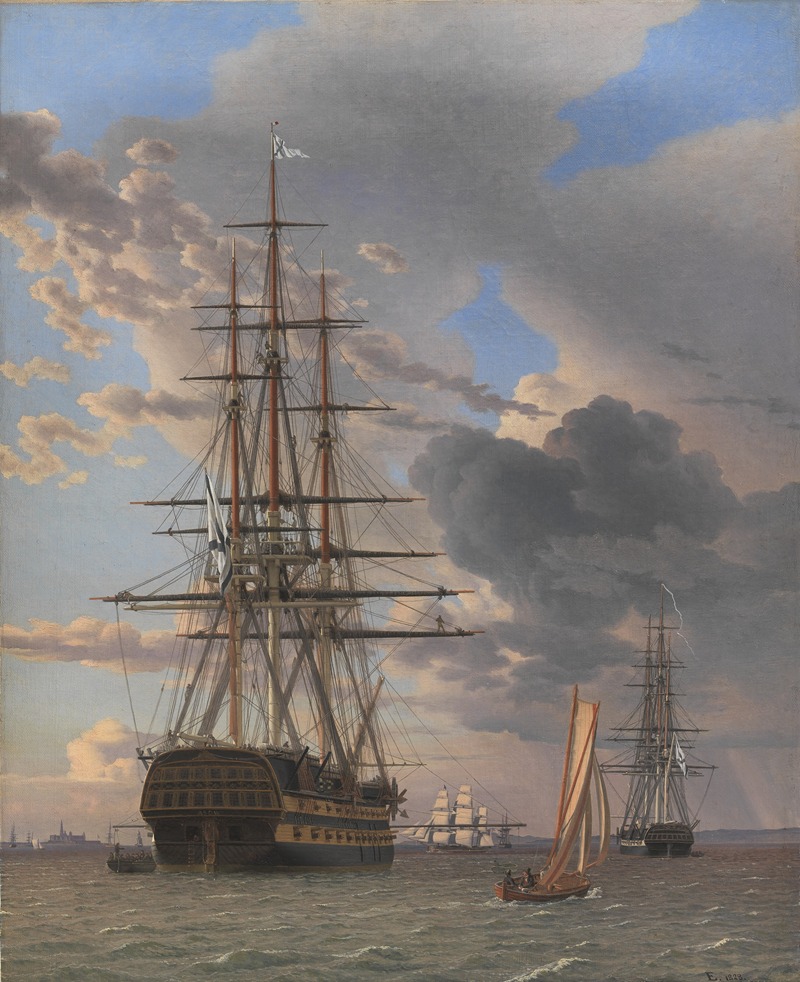
The Russian Ship of the Line ‘Asow’ and a Frigate at Anchor near Elsinore
A hand-painted replica of Christoffer Wilhelm Eckersberg’s masterpiece The Russian Ship of the Line ‘Asow’ and a Frigate at Anchor near Elsinore, meticulously crafted by professional artists to capture the true essence of the original. Each piece is created with museum-quality canvas and rare mineral pigments, carefully painted by experienced artists with delicate brushstrokes and rich, layered colors to perfectly recreate the texture of the original artwork. Unlike machine-printed reproductions, this hand-painted version brings the painting to life, infused with the artist’s emotions and skill in every stroke. Whether for personal collection or home decoration, it instantly elevates the artistic atmosphere of any space.
"The Russian Ship of the Line ‘Asow’ and a Frigate at Anchor near Elsinore" is a painting by the renowned Danish artist Christoffer Wilhelm Eckersberg, completed in 1828. Eckersberg, often referred to as the "father of Danish painting," played a pivotal role in the development of the Danish Golden Age of painting. His works are celebrated for their meticulous attention to detail, clarity, and the ability to capture the essence of the scene with precision and realism.
This particular painting depicts a maritime scene near Elsinore, a city in Denmark known for its strategic location at the narrowest point of the Øresund, the sound between Denmark and Sweden. Elsinore is also famously home to Kronborg Castle, the setting of Shakespeare's "Hamlet." The painting features the Russian ship of the line "Asow" and an accompanying frigate, both anchored in the calm waters near the city.
Eckersberg's work is characterized by its detailed portrayal of the ships, showcasing his deep understanding and appreciation of maritime subjects. The "Asow" is depicted with its sails furled, indicating it is at rest, and the painting captures the grandeur and might of the ship of the line, a type of naval warship that was a dominant force in naval warfare during the 17th to 19th centuries. The accompanying frigate, a smaller and faster vessel, complements the scene, highlighting the diversity and complexity of naval fleets during this period.
The painting is notable for its use of light and color, which are employed to create a serene and majestic atmosphere. The calm waters of the Øresund reflect the ships and the sky, adding depth and harmony to the composition. Eckersberg's attention to atmospheric conditions and his ability to render the subtle variations in light and shadow demonstrate his mastery of the plein air technique, which involves painting outdoors to capture the natural light and environment.
Eckersberg's training at the Royal Danish Academy of Fine Arts and his studies in Paris and Rome greatly influenced his artistic style. His exposure to neoclassicism and his encounters with other prominent artists of his time enriched his approach to painting, allowing him to blend classical techniques with his own observations of nature and everyday life.
"The Russian Ship of the Line ‘Asow’ and a Frigate at Anchor near Elsinore" is housed in the collection of the National Gallery of Denmark (Statens Museum for Kunst) in Copenhagen. The painting is an exemplary piece of Eckersberg's oeuvre, reflecting his skill in maritime art and his contribution to the Danish Golden Age. It remains a significant work for its historical depiction of naval power and its artistic representation of a peaceful maritime scene.
Eckersberg's legacy endures through his influence on subsequent generations of Danish artists, and his works continue to be studied and admired for their technical precision and aesthetic beauty. This painting, in particular, offers a glimpse into the maritime history of the early 19th century and stands as a testament to Eckersberg's enduring impact on the world of art.





